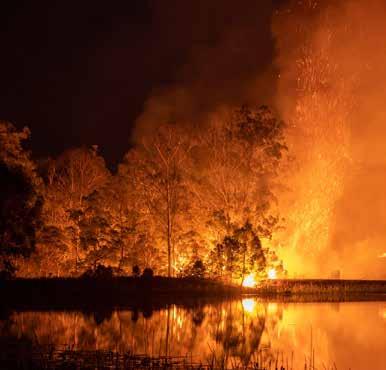ISSN 2349-6266 RNI No DELENG/2014/57384
Setting The Agenda For Tomorrow’s Cities
UrbanUpdate Volume V, Issue X
February 2020
The Burning Tale of Two ‘A’s
Amazon to Australia Green city concept is smart
India’s First e-Waste Clinic to Come Up in Bhopal
European Union The project is funded by the European Union.
A vote for nature!
AIILSG The project is implemented by the AIILSG.













